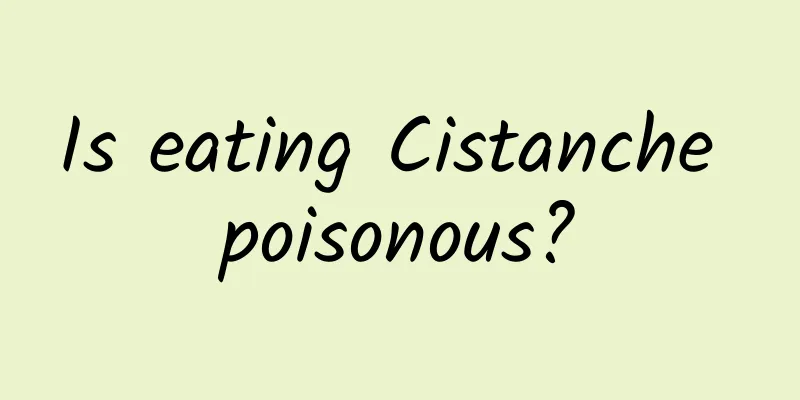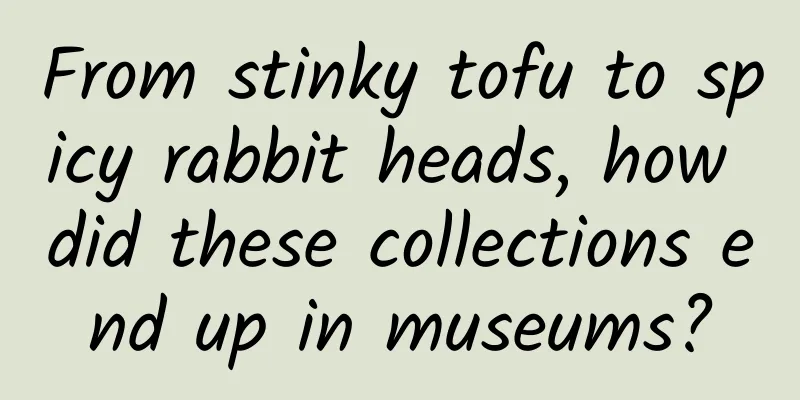The efficacy and function of the little golden dog

|
As for the Little Golden Dog, I think some people may have heard of it or even taken it. It doesn’t matter if you haven’t heard of it. Next, I will introduce the little golden dog to you. [Other names] Golden dwarf tuotu, weasel, golden dog, blood-activating grass, green fern, golden lion grass, stone pig bristle, small climbing rock ginger [Source] Medicinal material source: the whole herb or rhizome of the Pteridophyte family. 【Original morphology】 Plant height 40-60cm. The rhizome is horizontal, and together with the base of the petiole, is densely covered with reddish-brown, membranous, entire lanceolate scales. Leaves subsperm; petiole 20-28cm long, straw color, swollen into spindle shape at base, covered by scales, scaleless upwards; leaf blade densely pubescent on both sides, herbaceous, ovate-pentagonal, up to 25cm long, about 22cm wide, or nearly equal in length and width, rounded at base, four-pinnatifid; pinnae about 8 pairs, alternate, petiolate, oblong-lanceolate, with the largest pair at base, up to 12cm long, about 5cm wide, three-pinnatifid; pinnae on lower side of rachis larger than those on upper side, terminal pinnae oblong, larger at base, gradually narrowing upwards, pinnatifid; lobes oblong, blunt-headed with fine teeth, entire or wavy; venation on lobes pinnate, lateral veins single, obvious below. The sori are round and dorsally located in the middle of the lateral veins; the sori cover is large, gray, kidney-shaped or horseshoe-shaped, and densely covered with soft hairs. [Habitat distribution] Ecological environment: Grown in arid limestone crevices at an altitude of 50-1800m. 【Properties】 1. Identification of properties: The rhizome and base of petiole are densely covered with reddish brown membranous scales, which are lanceolate and entire. The petiole is slender and swollen into a spindle shape at the base. The leaves are broken, and the complete leaves are ovate-pentagonal, 10-25cm long, three to four times pinnate, papery, and have grayish-white soft hairs on both sides. The sporangium is located in the middle of the lateral veins. The sori is gray, kidney-shaped or horseshoe-shaped, and has dense soft hairs. Easy to break. Slight odor, light taste. 【Nature and flavor】 Slightly bitter; cool; slightly toxic 【Functions and indications】 Clears away heat and detoxifies; removes dampness and reduces swelling; stops bleeding and promotes tissue regeneration. Mainly used for sores, mastitis, diarrhea, dysentery, rheumatic pain, stranguria, edema, and bleeding due to trauma [Usage and Dosage] For oral use: decocted in water, 9-15g. For external use: take appropriate amount and mash it for application. [Additional prescription] The rhizome is horizontal, and the base of the petiole is densely covered with reddish-brown lanceolate scales, which gives it the name "little golden dog" because of its shape. 【Excerpt】 Chinese Materia Medica Now you know the function of the little golden dog. I didn’t know before that the little golden dog was such a valuable thing, which shows that our knowledge is not broad enough. So in the future life, learning more about it can be a good way to maintain health. In fact, if you want to maintain your health, there is knowledge everywhere in life. |
<<: The efficacy and function of cherry root
>>: The efficacy and function of coix leaf
Recommend
Urgent reminder: Don’t buy, don’t eat! Excessive toxins have been found!
People who love to eat seafood, don't touch t...
What are the effects of broken wall pine pollen tablets?
As a traditional health food, pine pollen has a h...
The efficacy and function of Artemisia annua root
Artemisia annua root is a very common Chinese med...
What are the effects of dog spine
Dog spine is a common Chinese medicinal material....
Can diester oil help lose weight and lower blood lipids? Is it really that good?
gossip "Diester oil is better than ordinary ...
Does Gynostemma pentaphyllum lower blood pressure?
Gynostemma pentaphyllum is a relatively common an...
Beware of new scam! Gold becomes hard to tell if real or fake after mixing with this metal!
Audit expert: Kang Kai Senior Engineer, Registere...
What is Amomum villosum
Amomum villosum is a common medicinal material in...
What are the medicinal values of Ganoderma lucidum
Ganoderma lucidum is a type of fungus that is wid...
There are tens of millions of routes during the Spring Festival travel rush. How do various security checks provide you with "fancy" escort?
The holidays are approaching, and during the Spri...
The efficacy and function of Adiantum winged
The maidenhair fern is a medicinal material that ...
The road to Shu is difficult? The road to Fujian is even more difficult!
Mountains cannot stop you; the sea can also be cr...
The efficacy and function of Ranunculus lanceolate
The efficacy and function of the traditional Chin...
What kind of "black technology" is needed to build a power station at an altitude of 3,000 meters?
In the Tibetan area of Ganzi, Sichuan 2 km down...
Forests: A free "nitrogen meal"? Too expensive to afford
Produced by: Science Popularization China Author:...









